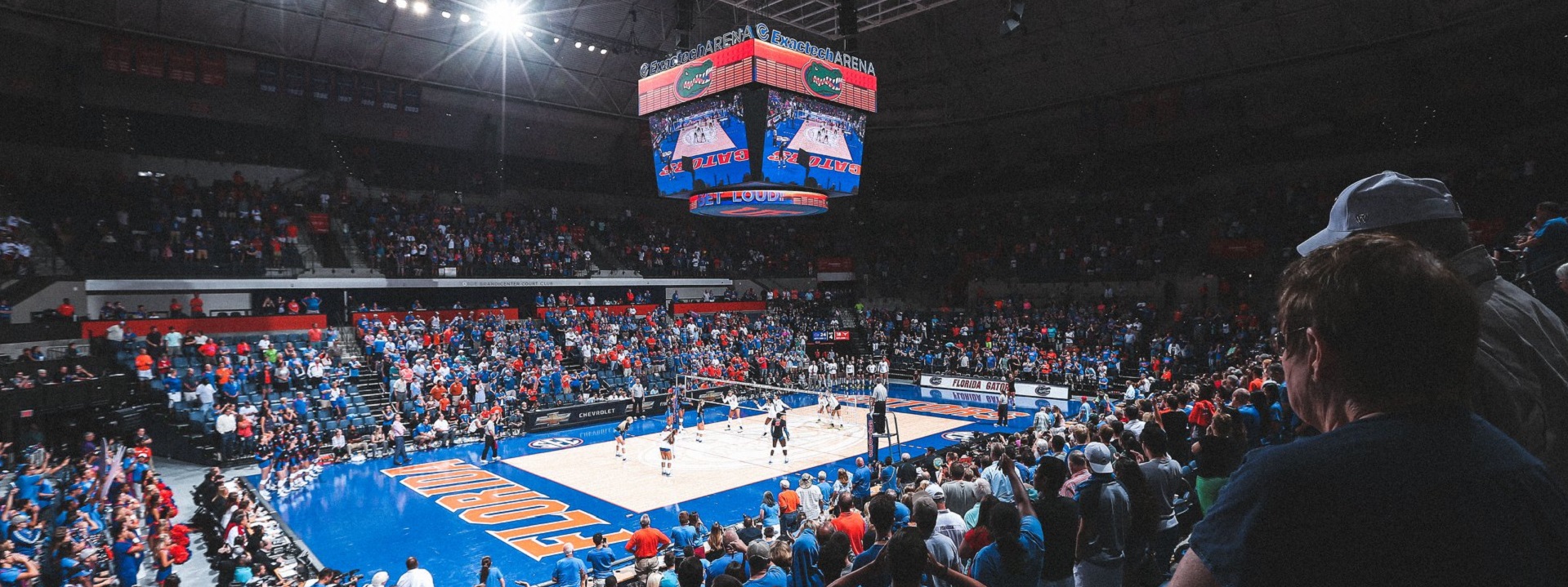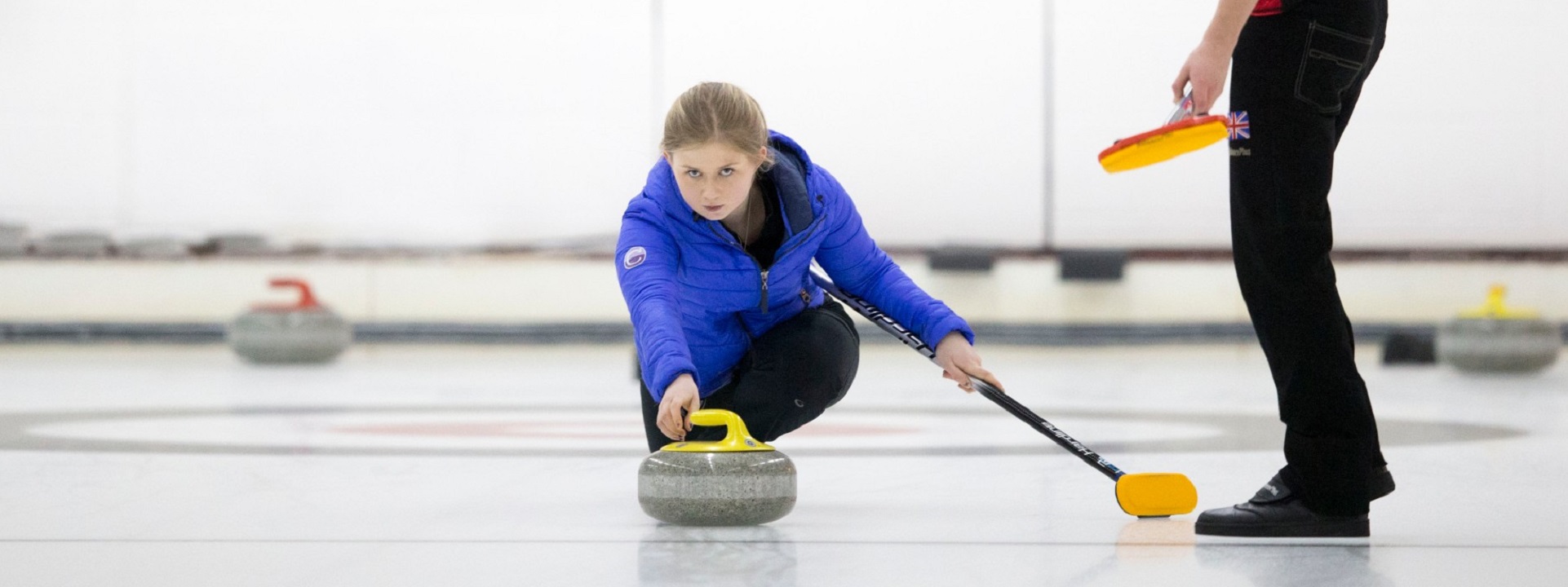Tag Archives: D5
- Home
- Posts tagged "D5" (Page 6)

Phobia Phriday
This content is accessible to paid subscribers. To view it please enter your password below or send mike@standardsmichigan.com a request for subscription details.
Beer Pong Robot
Under the shade of a Coolibah tree
And he sang as he watched and waited till his billy boiled
“You’ll come a Waltzing Matilda with me”
You’ll come a Waltzing Matilda with me
And he sang as he stowed that jumbuck in his tucker bag
“You’ll come a Waltzing Matilda with me”
Volleyball Court Lighting
After athletic arena life safety obligations are met (governed legally by NFPA 70, NFPA 101, NFPA 110, the International Building Code and possibly other state adaptations of those consensus documents incorporated by reference into public safety law) business objective standards come into play. The illumination of the competitive venue itself figures heavily into the quality of digital media visual experience and value.
For almost all athletic facilities, the consensus documents of the Illumination Engineering Society[1], the Institute of Electrical and Electronic Engineers[2][3] provide the first principles for life safety. For business purposes, the documents distributed by the National Collegiate Athletic Association inform the standard of care for individual athletic arenas so that swiftly moving media production companies have some consistency in power sources and illumination as they move from site to site. Sometimes concepts to meet both life safety and business objectives merge.
The NCAA is not a consensus standard developer but it does have a suite of recommended practice documents for lighting the venues for typical competition and competition that is televised.
It welcomes feedback from subject matter experts and front line facility managers.
Our own monthly walk-through of athletic and recreation facility codes and standards workgroup meets monthly. See our CALENDAR for the next online Athletics & Recreation facilities; open to everyone.
Issue: [15-138]*
Category: Electrical, Architectural, Arts & Entertainment Facilities, Athletics
Colleagues: Mike Anthony, Jim Harvey, Jack Janveja
92,003 in attendance.@HuskerVB breaks the world record for the largest crowd ever at a women’s sporting event 👏 @espnW | #ThatsaW pic.twitter.com/ChyhUCvaAZ
— ESPN (@espn) August 31, 2023
This may be the rally of the week and we haven't even made it to Friday yet!#NCAAVB #SCtop10
(via @SFA_Volleyball)pic.twitter.com/2h6OvVB1ty— NCAA Women's Volleyball (@NCAAVolleyball) November 2, 2018
[1] Illumination Engineering Handbook
[2] IEEE 3001.9 Recommended Practice for Design of Power Systems for Supplying Lighting Systems for Commercial & Industrial Facilities
[3] IEEE 3006.1 Power System Reliability
* Issue numbering before 2016 dates back to the original University of Michigan codes and standards advocacy enterprise
Tobacco Crop Research
This content is accessible to paid subscribers. To view it please enter your password below or send mike@standardsmichigan.com a request for subscription details.
Mas-fhìor do: Goireasan Spòrs
“The only true sport is that which arises spontaneously
from the heart and the blood.”
— Alistair MacLean
The University of Stirling has produced several famous athletes over the years. Here are a few examples:
Duncan Scott: Duncan Scott is a Scottish swimmer who graduated from the University of Stirling in 2018. He has won numerous medals at major international competitions, including the Olympics, the World Championships, and the Commonwealth Games.
Andy Murray: While Andy Murray did not technically graduate from the University of Stirling, he did attend the university for a brief period in the early 2000s. Murray is a famous Scottish tennis player who has won multiple Grand Slam titles and an Olympic gold medal.
Ross Murdoch: Ross Murdoch is a Scottish swimmer who graduated from the University of Stirling in 2016. He has won multiple medals at major international competitions, including the Commonwealth Games.
Robbie Renwick: Robbie Renwick is a Scottish swimmer who graduated from the University of Stirling in 2009. He has won multiple medals at major international competitions, including the Olympics and the Commonwealth Games.
Special Events
Special event safety and sustainability — keeping large groups of people safe and engaged in the event itself — cuts across many disciplines. Educational settlements are ideal settings and the raison d’être for these communities everywhere.
Today we charge through the best practice catalogs of the following standards setting organizations:
American Society of Civil Engineers
Minimum Design Loads and Associated Criteria for Buildings and Other Structures
American Society of Mechanical Engineers
American National Standards Institute
American Water Works Association
ASHRAE International
ASTM International
Consumer Technology Association
International Code Council
Institute of Electrical and Electronic Engineers
International Standardization Organization
ISO/PC 250 Sustainability in event management (British Standards Institute is the Global Secretariat)
List of All ANSI ISO TAGS (There is no ANSI US TAG Administrator as of 1 October 2023)
National Fire Protection Association
National Electrical Manufacturers Association
Telecommunications Industry Association
Underwriter Laboratories
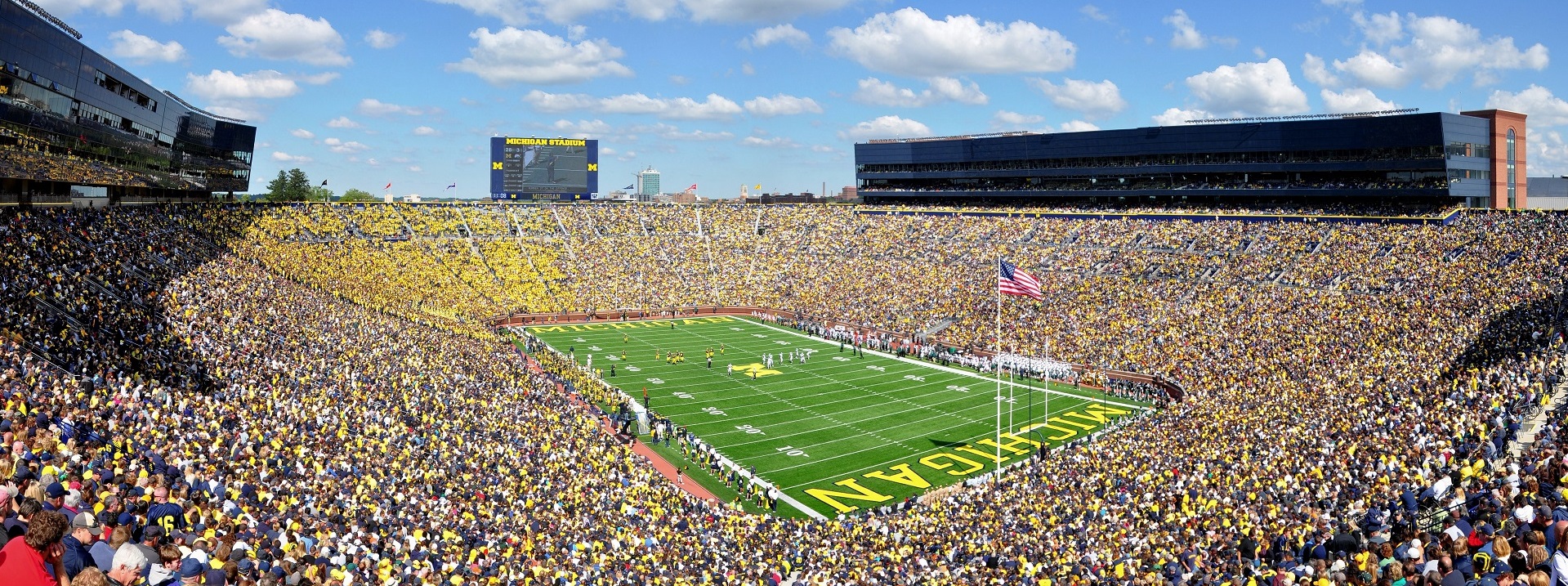
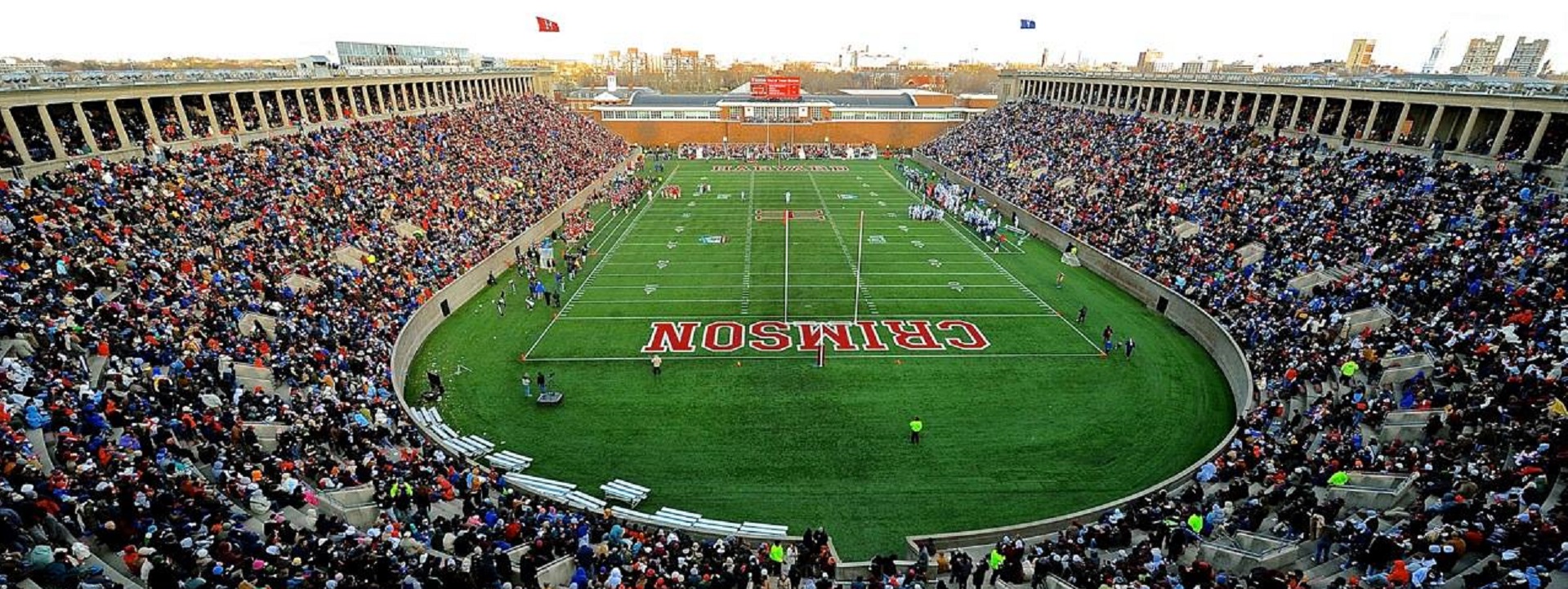
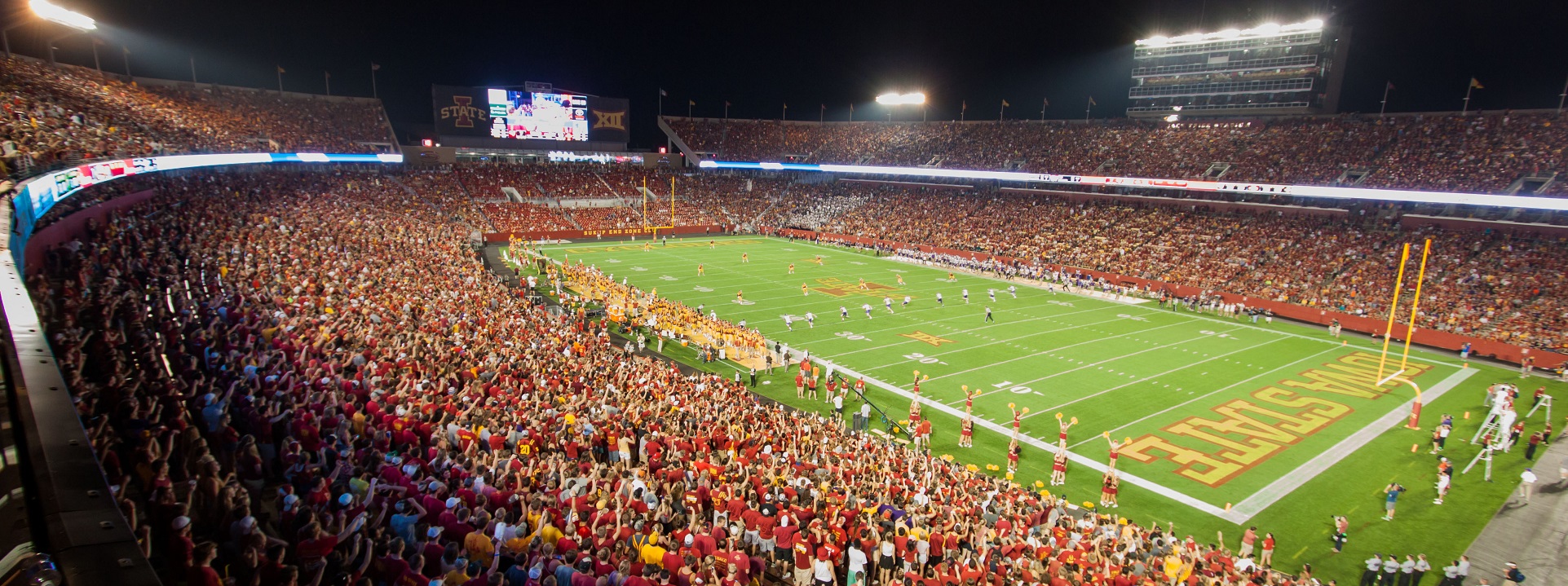
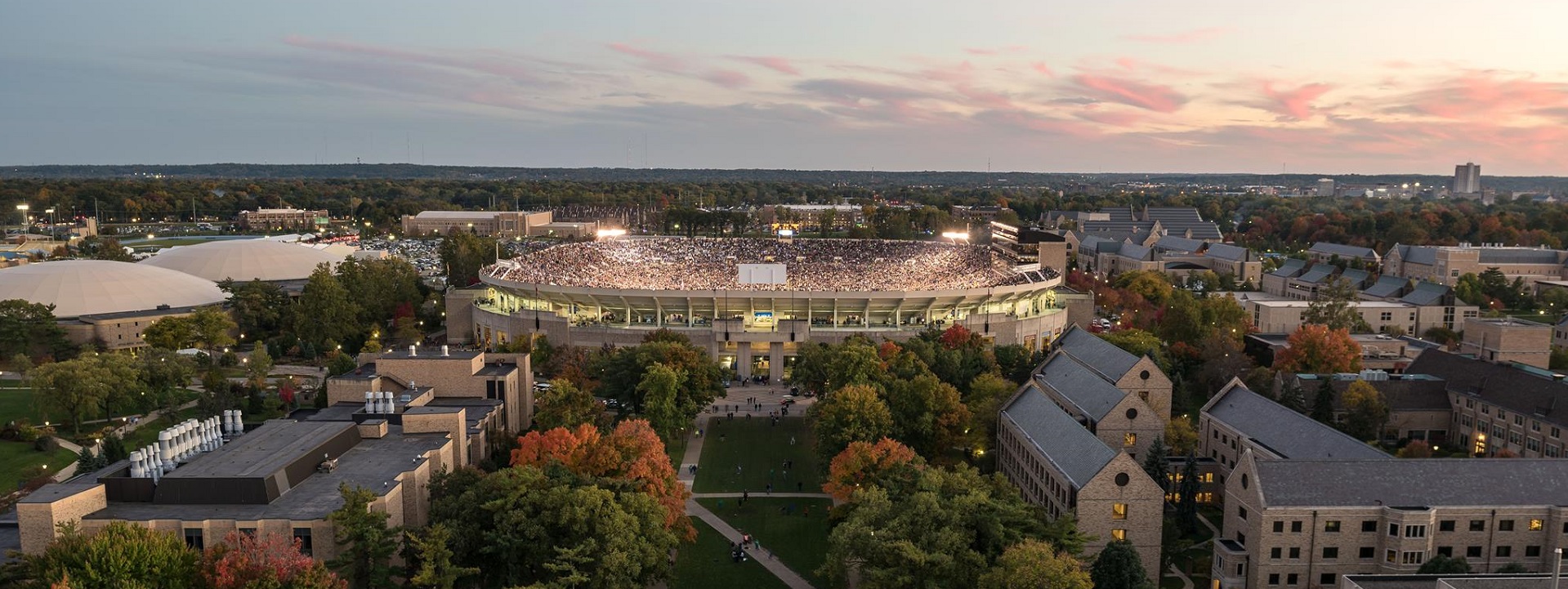
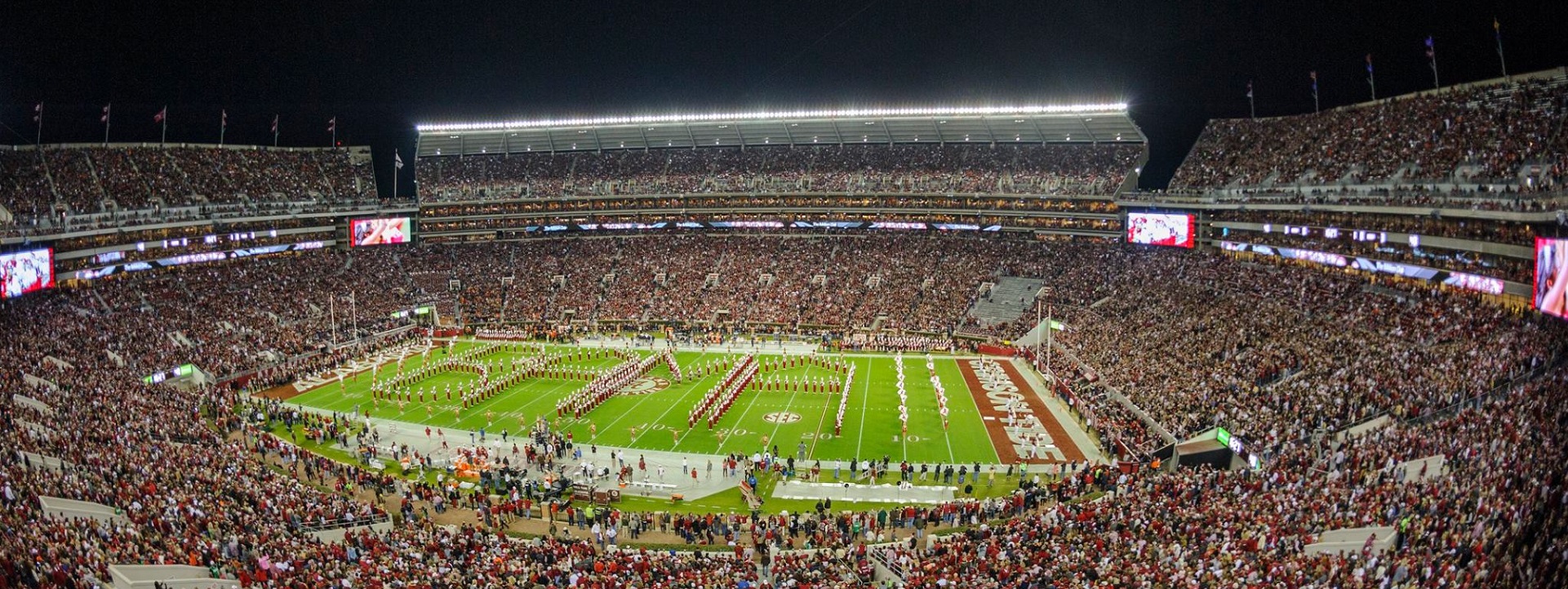
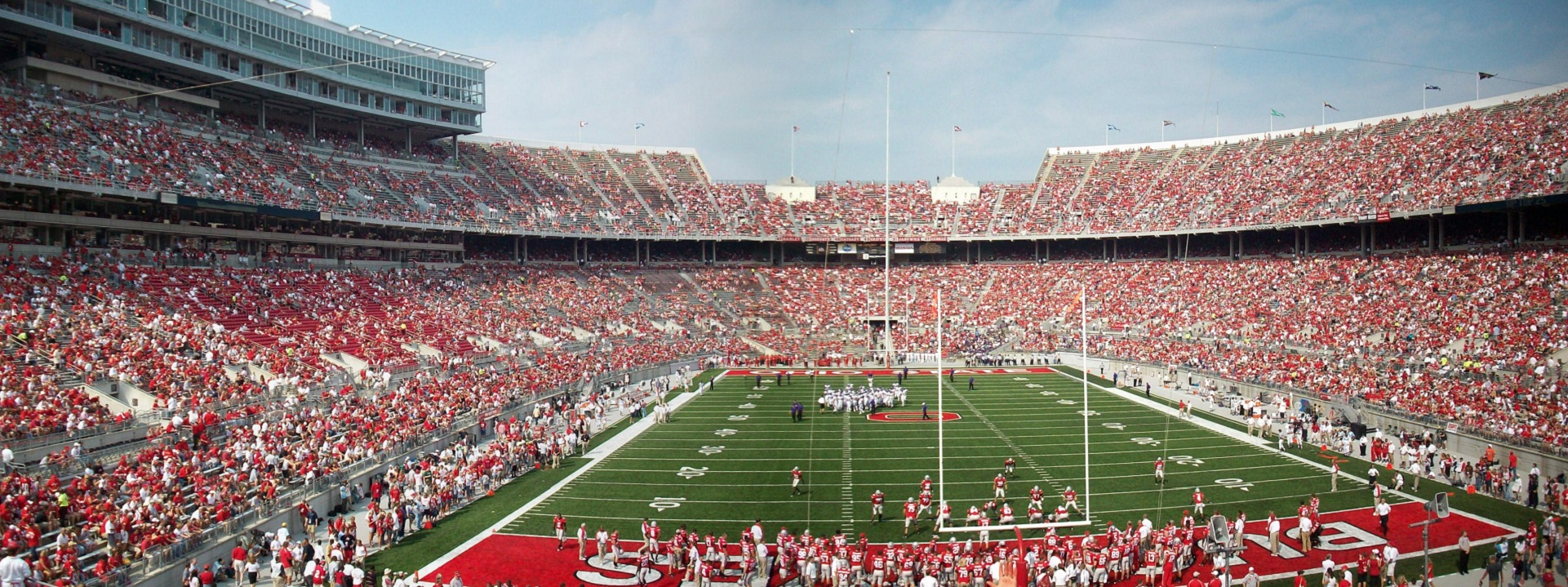
At the moment we cover outdoor and indoor events because, conceptually, there is substantial overlap. It is likely, however, that in the fullness of time we will have to break down the coverage between exterior and interior events.
There are a number of titles from the foregoing short list of SDO’s that are open for consultation during the next 30 to 90 days so it is not likely we will have time to examine other niche SDO’s in the special event domain. For example:
There are others.
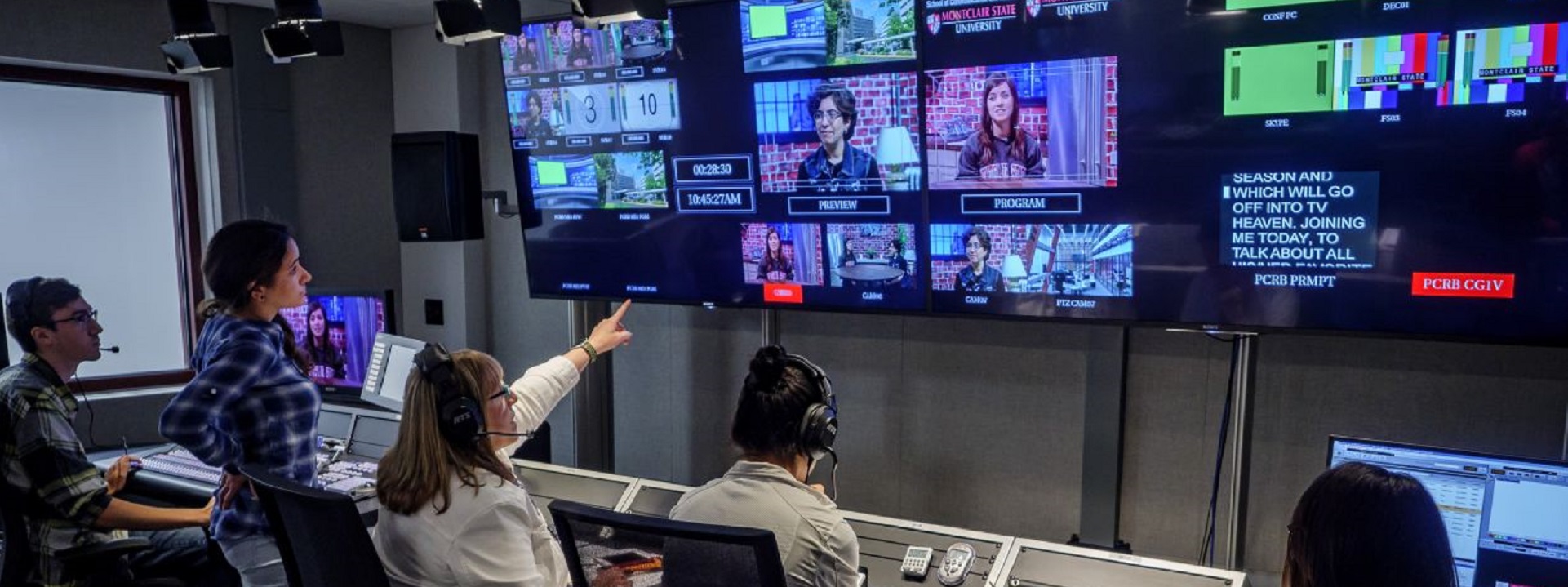
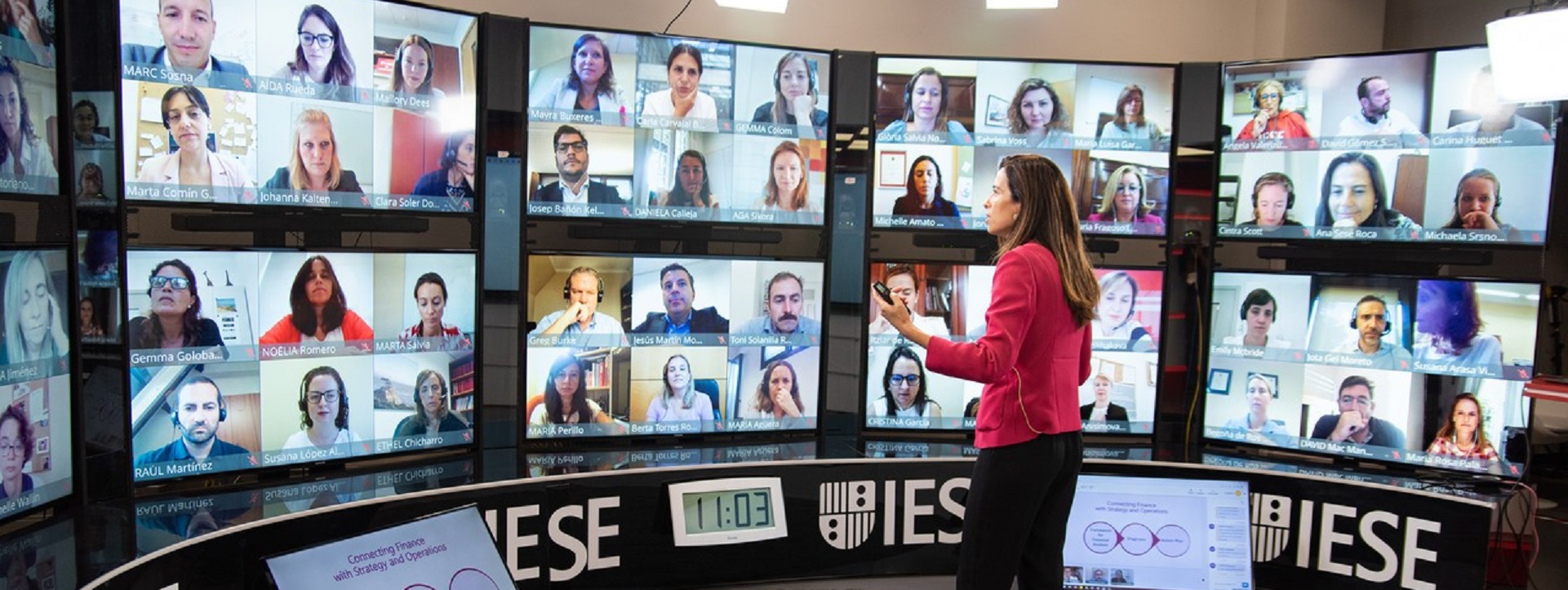
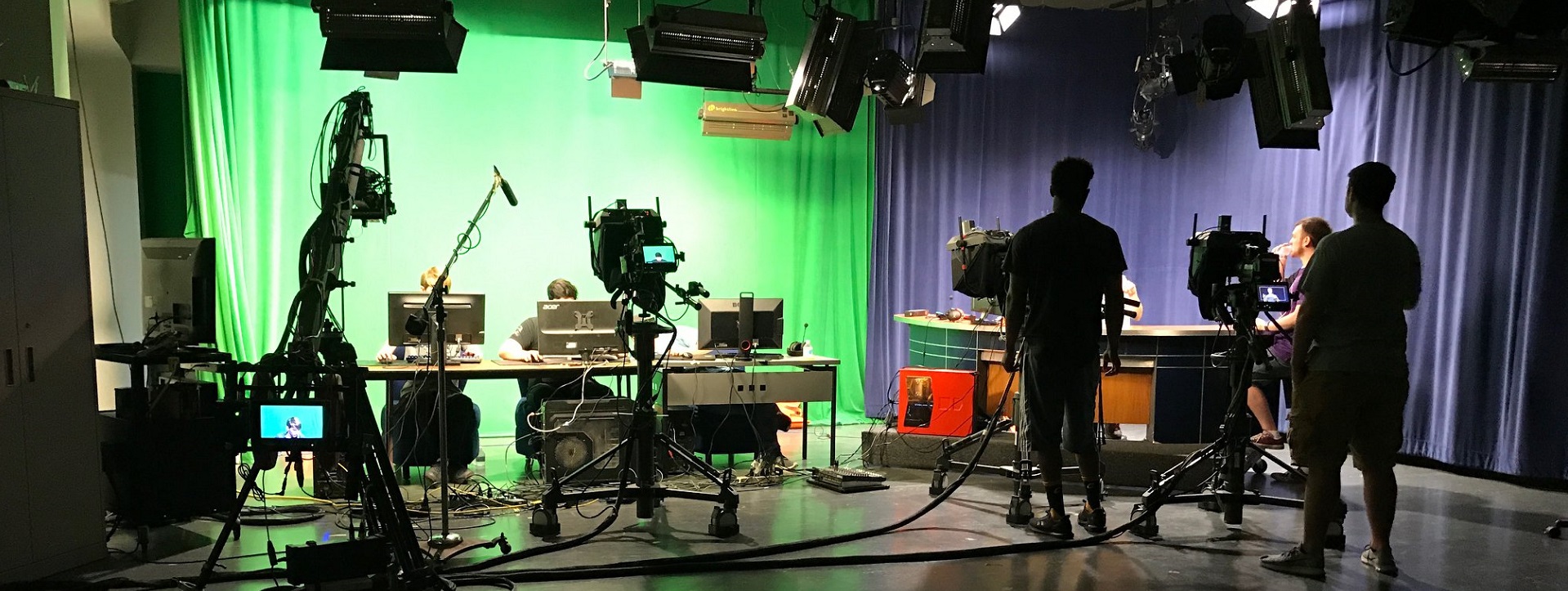
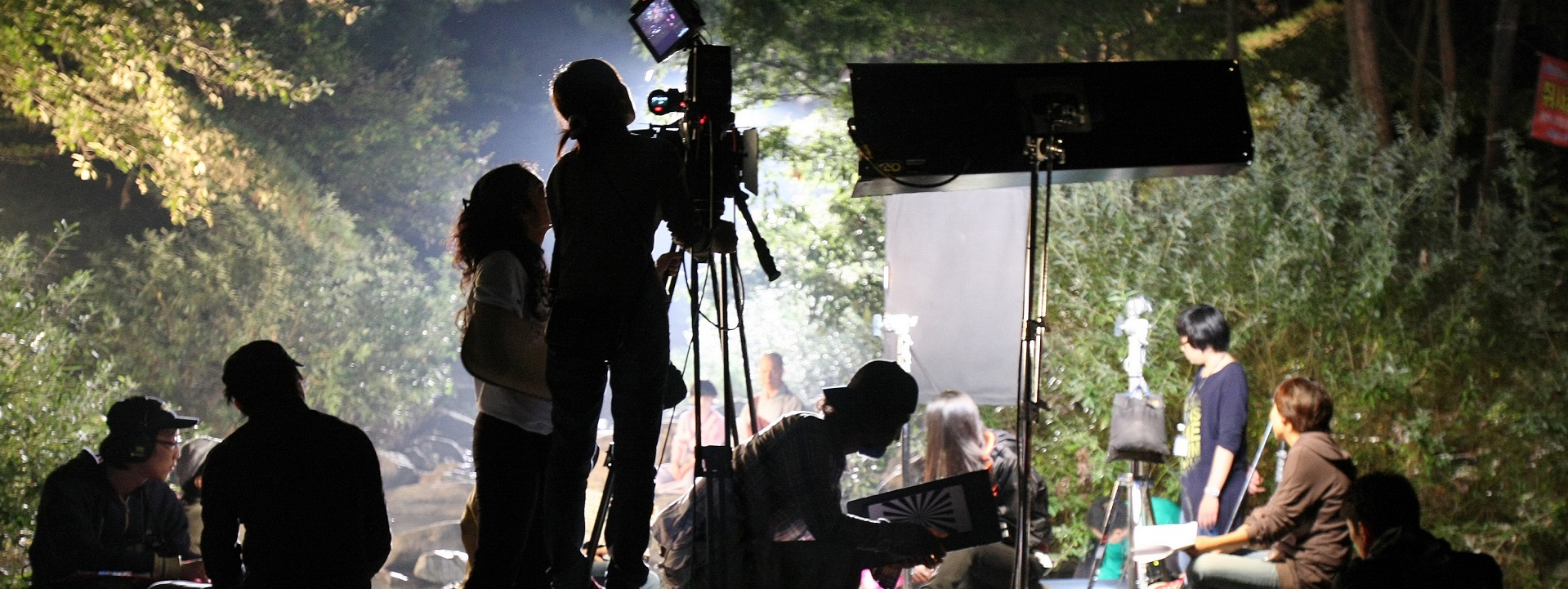
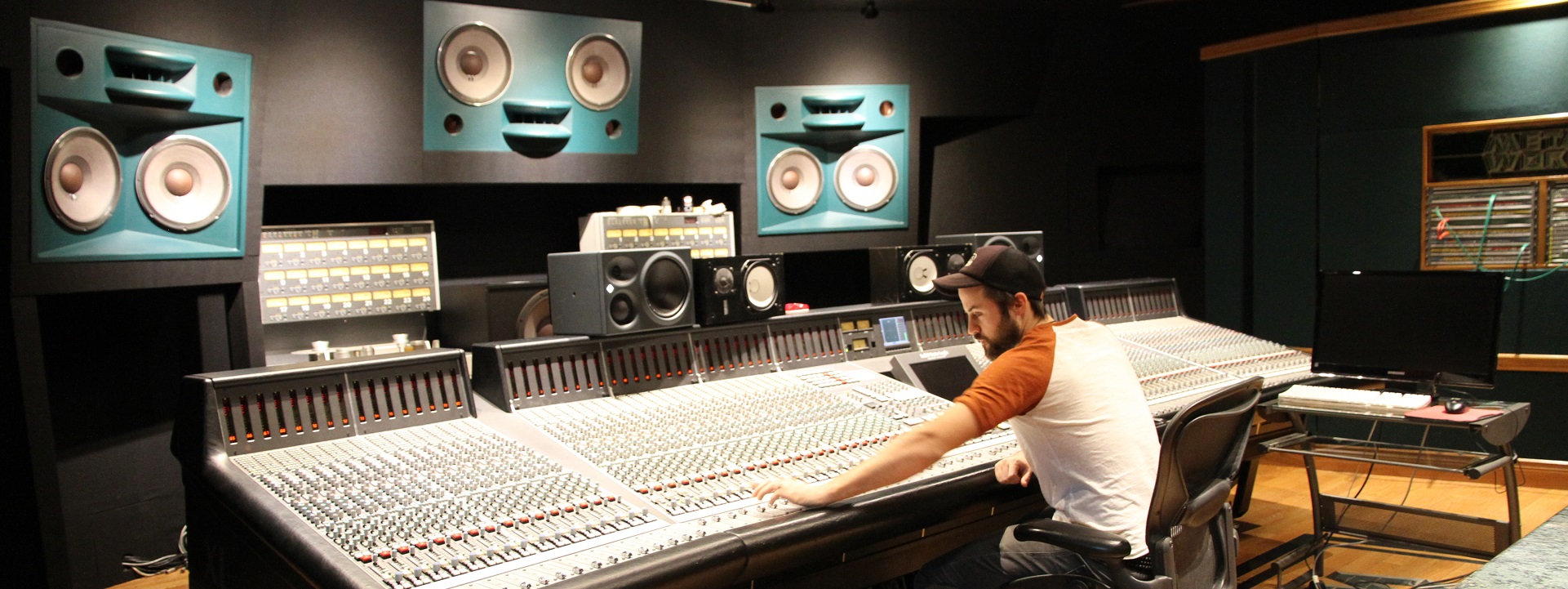
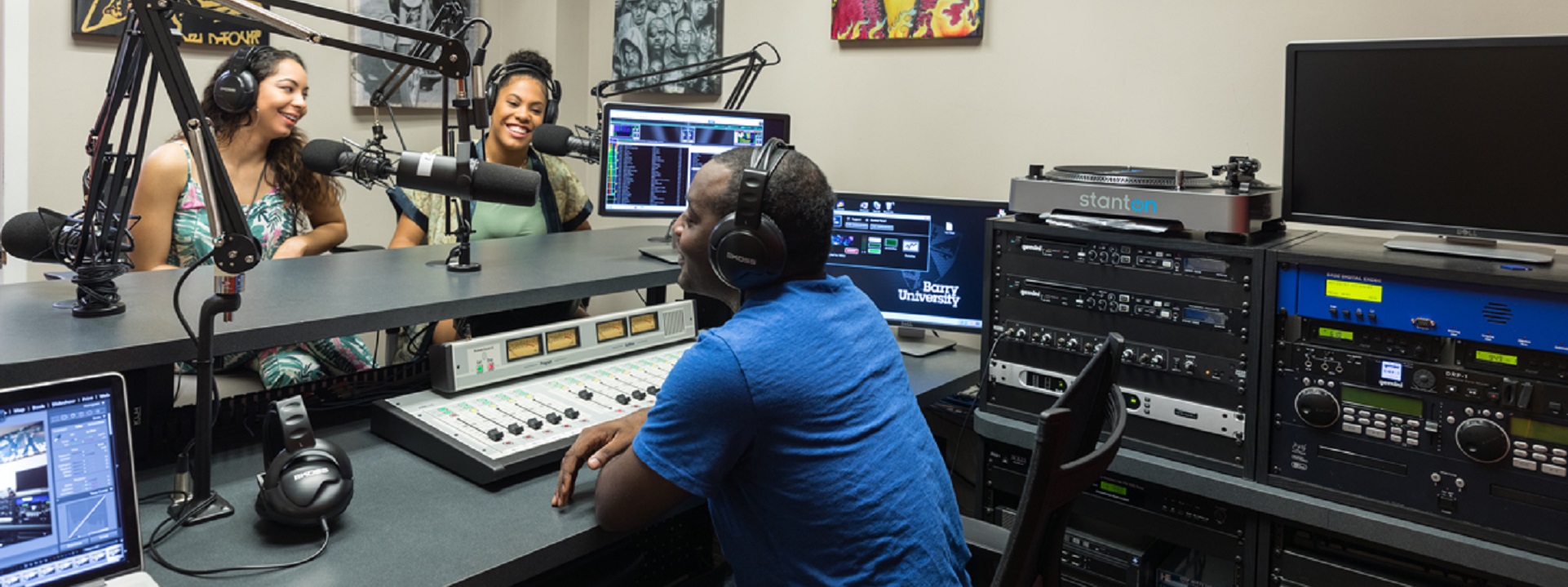
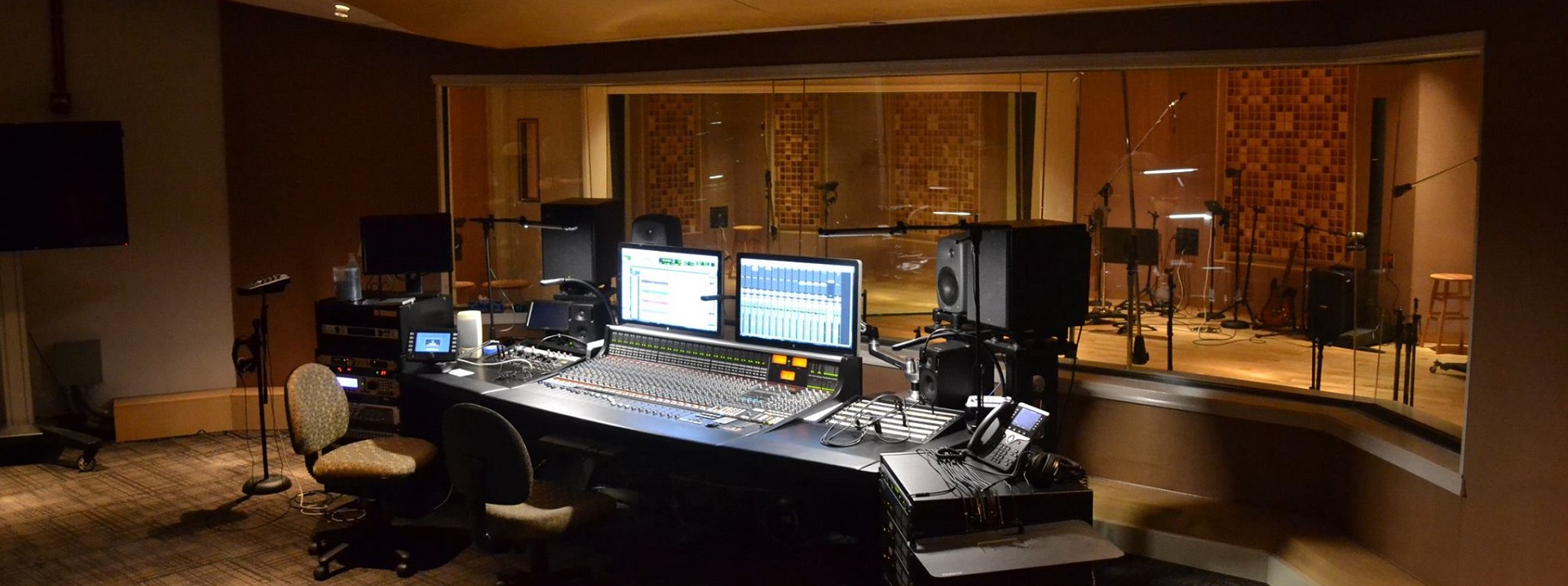
Action on open global and government consultations, and examination of developments in the research bibliography will have to wait for another day also. We cover them fairly well in the breakout meetings shown on our CALENDAR.
As always, today’s colloquium in open to everyone with the login credentials available on the upper right of our home page.
New update alert! The 2022 update to the Trademark Assignment Dataset is now available online. Find 1.29 million trademark assignments, involving 2.28 million unique trademark properties issued by the USPTO between March 1952 and January 2023: https://t.co/njrDAbSpwB pic.twitter.com/GkAXrHoQ9T
— USPTO (@uspto) July 13, 2023
Standards Michigan Group, LLC
2723 South State Street | Suite 150
Ann Arbor, MI 48104 USA
888-746-3670







